Air Pressure
- 15% under inflation in a tire equals approximately an 8% decrease in expected tread mileage
- 10 psi under inflation can cause tire wear out to be 20% faster than normal
- Tires can lose 3 psi per month just due to air migration
- Tires can run up to 5 degrees hotter for every psi the tire is under inflated due to excessive flexing
- Matching tire air pressures is critical in dual assemblies. A mismatch of 5 psi can change the tire circumference, and over 100,000 miles would be equivalent to dragging the under inflated tire 246 miles.
Tread Size
- For every size that a tread width is undersized from the recommended width, mileage is reduced by 10%.
Tread Depths
- Across axles and between tandem axles, tread depths need to be within 4/32″.
Wheel Position/Matching Duals, Twin Screw Tractors
- Should be less than 1/4″ difference in diameter (less than 3/4″ difference in circumference).
- Left front steer tire wears faster than the right tire
Alignment
- Toe alignment greatly affects tire wear since a setting just 1/16 of an inch off will make the tires want to travel sideways about 150 feet every mile. Toe-in is when the tires are pointed towards each other; toe-out is when the tires are pointed away from each other.
- Camber is the tire’s tilt inward (negative) or outward (positive) when viewed from the front and has significant impact on handling and shoulder wear.
- Caster is the angle of steering axis tilt when viewed from the side and while it does not affect wear, it does affect the vehicle’s handling and tendency to track straight down the road.
- Mis-aligned drive and/or trailer axles will cause “dog-legging” and pulling of the vehicle, resulting in steer tire irregular/rapid wear.
- As the vehicle is pulled to the side by the mis-aligned axles, the driver over-steers to compensate, resulting in toe-out-on-turns. The effect is that the inside wheel /tire turns more sharply than the outside when turning the steering wheel away from center.
- The 1/8″ rule – drive and trailer axles should have less than 1/8″ variance parallel to each other and perpendicular to the frame/chassis.
Engine Torque, the more torque; the less tread life
- Many diesel engines typically develop 1,200 to 1,300 foot-pounds of peak torque at 1,300 rpm.
- “Big Bore” diesel engines with upwards of 900 cubic inches of displacement in an in-line 6-cylinder can generate upwards of 2,000 foot-pounds of torque, this increases stress, deflection, and deformation of the tire, resulting in reduced tread life. When a fleet purchases new vehicles, check the torque rating of the new truck vs. the old trucks currently in the fleet, and make a note on any tire mileage records.
Surface Types Affect Tread Wear
- Smooth Asphalt – 100%
- Coarse Asphalt – 10% reduction compared to smooth asphalt
- Concrete – 30% reduction compared to smooth asphalt
- Very Coarse Asphalt – 50-60% reduction compared to smooth asphalt
- Crushed Stone – 60-80% reduction compared to smooth asphalt
Working Application
- “Tough” applications have a large impact on tire wear when compared to over the road applications. Examples of such applications are: high scrub applications, Inter-city, diminishing loads, heavy loads, waste haul, construction, mining, logging, and other sever service related.
Recommendations to Optimize Tire Wear
- Create a tire management policy
- Conduct regular fleet inspections to ensure compliance to your tire policy standards
- Establish and maintain a strict air pressure maintenance program
- Check for signs of axles being out of alignment and align as needed
- Conduct driver training and implement responsibilities requirements for drivers
- Balance free-rolling axle tires
- Match tires for size, pressure and design-type
- Make sure all tires have “flow-through” valve caps
- Implement a mounted tire program
- Work with a quality retreader to develop a retread program for your tires
- Track tire performance frequently and make decisions based on data and facts
Source: Tire Retread and Repair Information Bureau | www.retread.org


